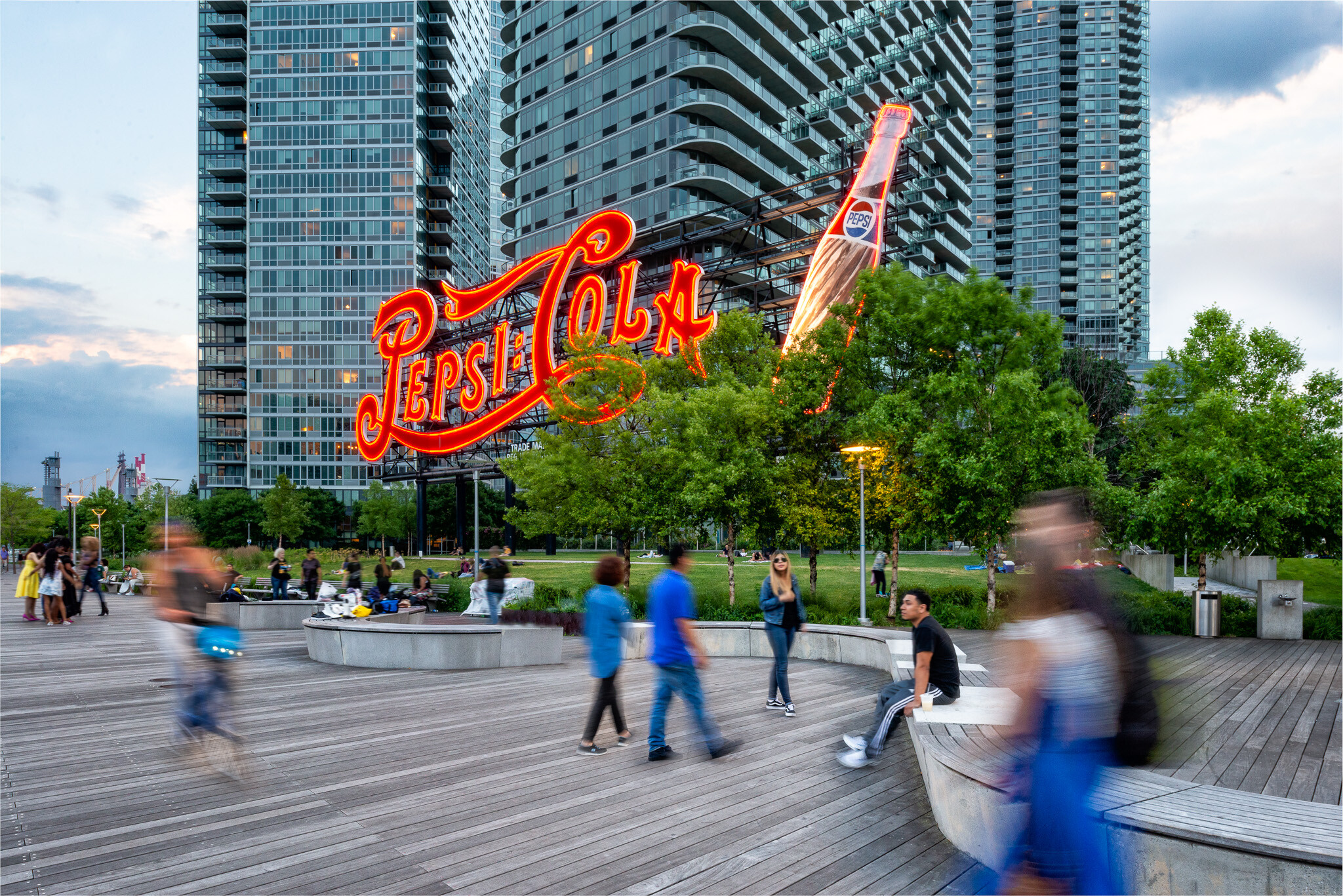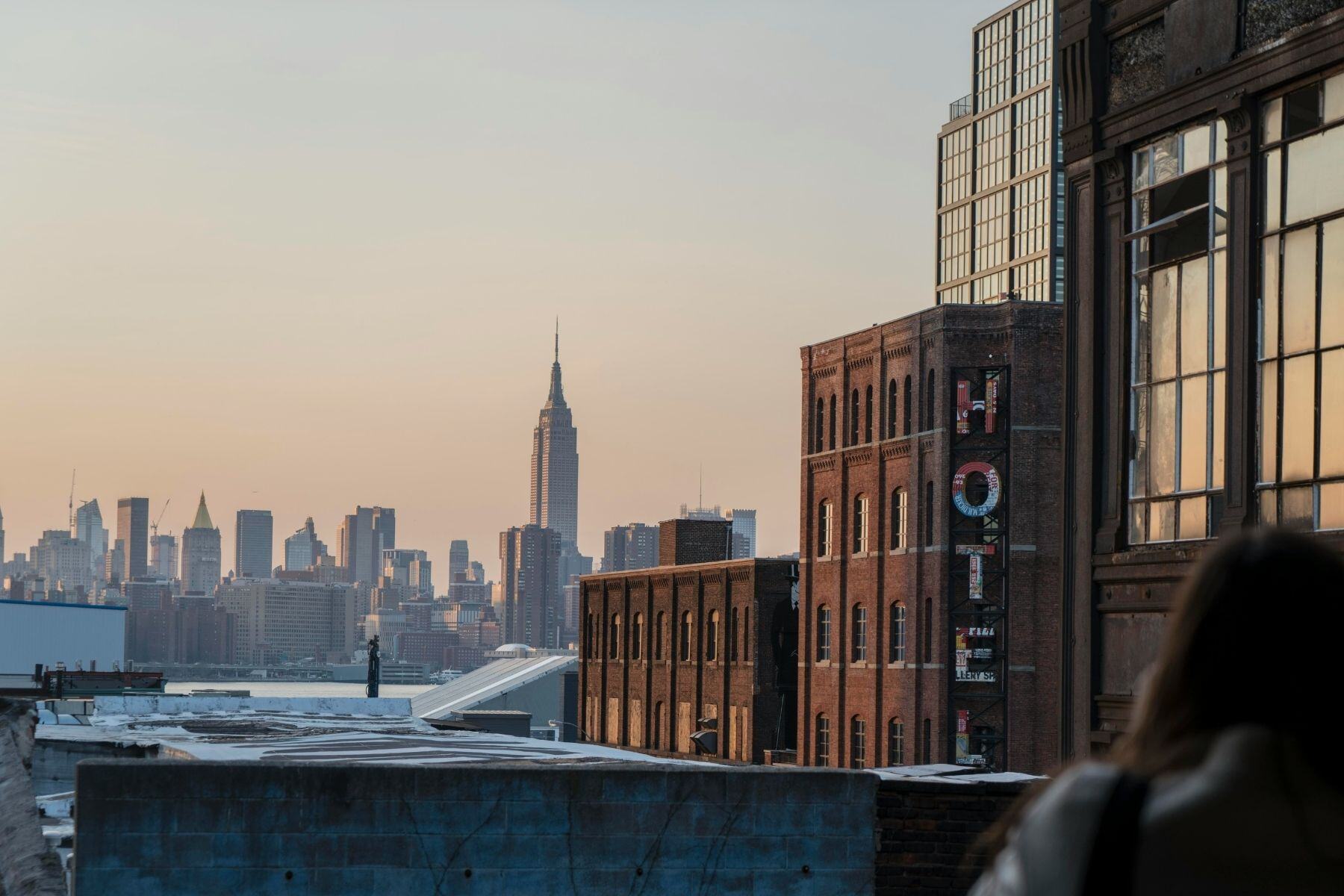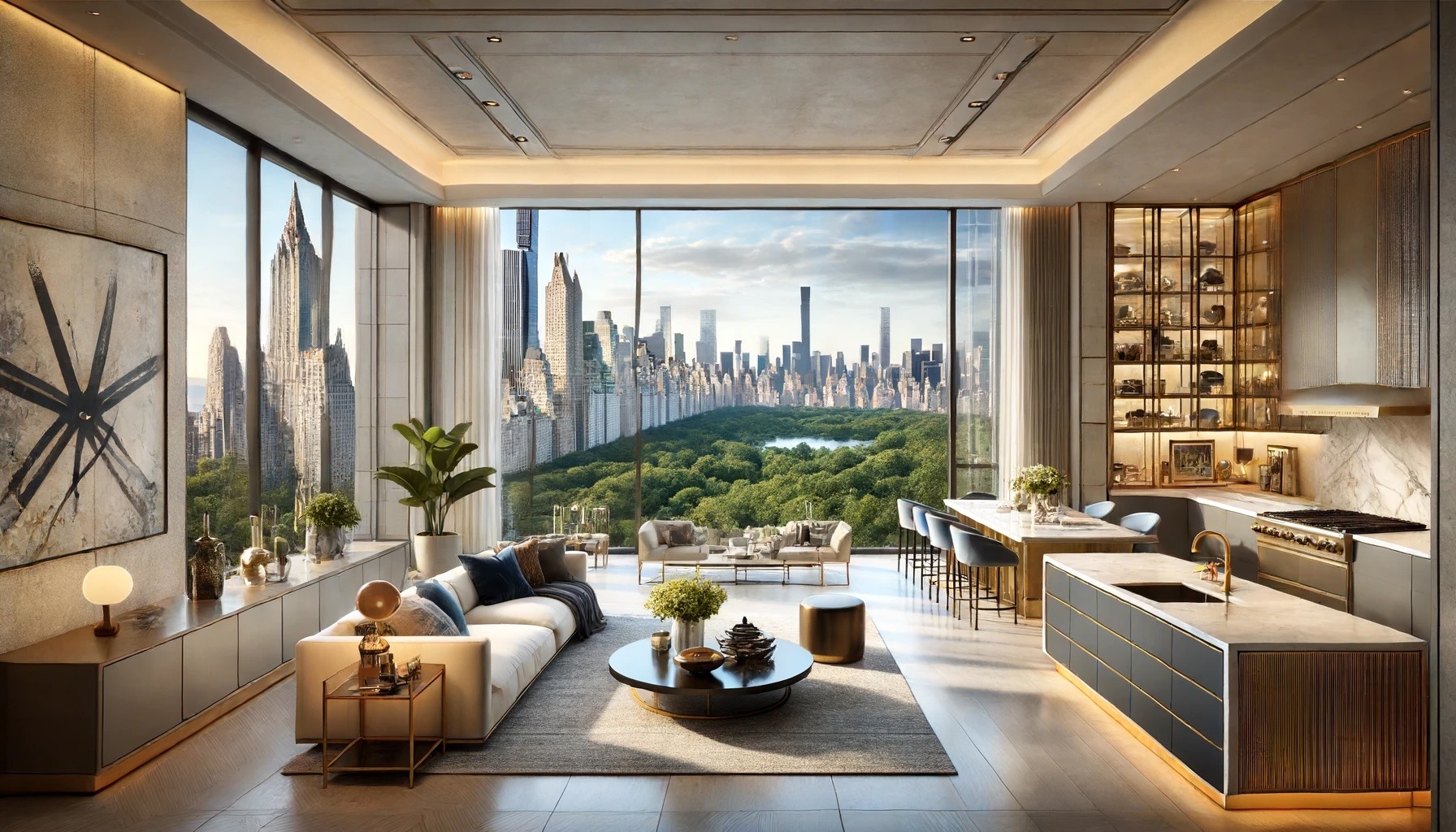The Future of New York City Real Estate
As an on-the-ground witness to the outbreak in NYC at the beginning of the pandemic, I remember the curfew, the hauntingly empty roads, and the mass exodus of residents from the city. Almost 1,000 people were losing their lives every day at its peak, leaving behind a glut of vacant housing and office spaces. But contrary to popular belief, this was not the end of NYC. Instead, it has opened up new opportunities for innovation and growth. Here are my predictions for what the post-pandemic future holds for real estate in NYC.
In this post, we will cover the following:
- Home prices increasing
- Hybrid working
- New Green NYC
- Hudson Square
- Kips Bay
- The West Side
- Williamsburg
- Brooklyn Waterfront
- Downtown Brooklyn
- Pacific Park
- Queens
RECENTLY FEATURED IN
Business Insider and GoBankingRates.com
NYC Real Estate Trends For 2023
As a local New Yorker for over 20 years, I've seen the market go through its ups and downs, and I believe that the future holds both opportunities and challenges.
Home Prices Increasing
First, let’s talk about where home prices are going. Home prices will continue to rise, past the peak of 2019, before the start of the pandemic. You see, locally the market had peaked in 2017 and it was on its way down until the fall of 2019 when it had just bottomed out and was on its way up again. Then the pandemic hit and we saw another 10-15% hit on property values. After the vaccine was announced in 2021, we saw crazy growth but then that stalled when the feds started increasing interest rates which had an impact on mortgage rates, doubling many would-be buyers' monthly carrying costs. Now, as those rates begin to cool off, we are starting to see those buyers enter the market again, and I believe we’ll be in for another frenzy buying season in the near future, surpassing the highs of 2017. This is assuming everything else stays the same - meaning no new wars, a stabilizing economy, and a political election cycle.
Rental prices are also at an all-time high. I don't believe there will be any relief in sight as inventory continues to remain tight. This is likely to be the new normal. I do believe that we'll see a boom in rental construction and conversion, especially with a number of vacant office buildings due to hybrid workplaces. These properties can easily be converted into rental units to meet the high rental demand.
Hybrid Working
The pandemic fundamentally changed the way we think about work and what a workspace looks like. Hybrid work is here to stay, so now employees need only work in the office a few days a week. This means that we need to rethink what "office" and "home" will look like. Many workers prefer a flexible space to work that is not in a traditional office setting, but rather a more experiential space where people can have meetings and interact with coworkers and clients. I predict that the office space will continue to evolve, and flexible workspaces like WeWork will remain a mainstay for the future of workspace.
On the other hand, homes will also need to adapt to provide more flexible spaces including more rooms, the addition of a home office, or a quiet space for taking Zoom calls. Rose Hill, located at 30 East 29th Street in Manhattan, is a great example of this. Most of their floor plans have a private study from which you can work.
New Green NYC
With swaths of the city already inaccessible to vehicle traffic, Manhattan is poised to become more pedestrian and bike-friendly. It's no surprise that soon areas like Times Square and 34th St will also no longer allow cars. The city plans to reduce car usage by 25% and create a more walkable and bikeable environment by adding more bus lanes and reducing parking spaces. This move towards less traffic will benefit the fight against climate change.
Additionally, there is a proposal to introduce a toll for vehicle traffic in Midtown Manhattan, similar to the successful program implemented in London. This toll could help reduce traffic and potentially affect property values as people would prefer to live and work within the boundaries of the district.
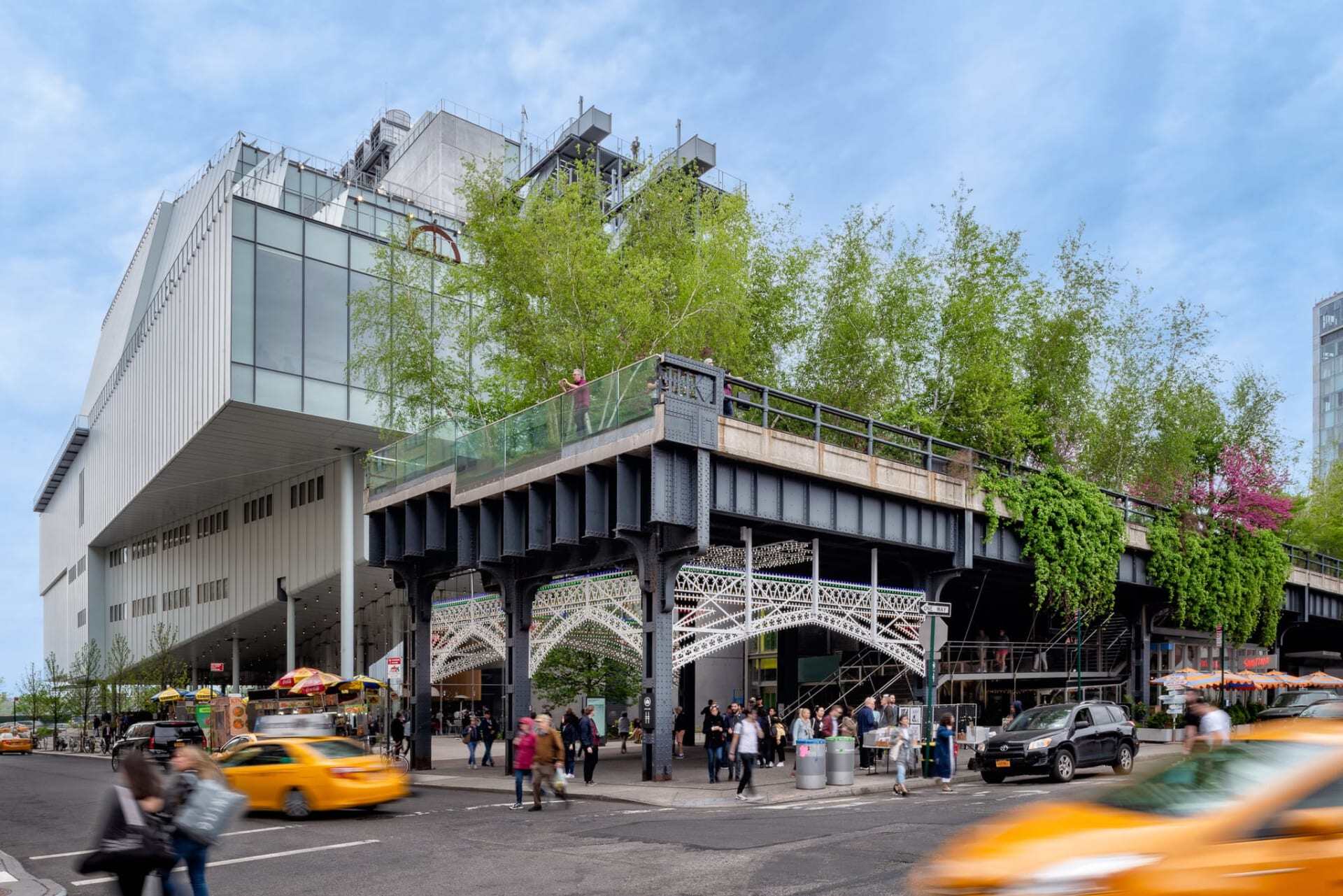
Manhattan
As someone who has been closely following the real estate trends in Manhattan, I believe that several neighborhoods are poised for immense growth.
Hudson Square
Let's start with Hudson Square which is a small enclave located below the neighborhoods of the West Village and above Tribeca. This area used to be called West Soho. Today, this is fast becoming the tech hub of the East Coast of the US. Google is opening a huge campus there, and a number of other tech companies already have a presence in the area. What's even more exciting is that Disney is opening their behemoth headquarters smack dab in the middle, this tower will span an entire city block. There are a ton of new residential towers also popping up. This is a neighborhood to keep your eyes on.
Kips Bay
Next up is Kips Bay, this is a small swath of midtown Manhattan real estate located between Lexington Ave to the west, all the way to the East River, from 23rd Street to 34th Street. In the past, this neighborhood has seen tepid growth, but that's about to change. With a number of new developments and retail corridors opening up, Kips Bay is primed for growth. As NoMad expands eastward, Kips Bay will be a neighborhood to watch out for.
The West Side
Now, let’s head over to the West Side of Manhattan. Manhattan West is a new development that will extend all the way from Hudson Yards to Lincoln Center, revitalizing waterfront areas, especially around neighborhoods in the 40’s and 50’s. While there are a number of new builds sprouting up here and there, there is certainly room for growth, especially in the areas currently populated with various car dealerships.
The Outer Boroughs
A blog about NYC wouldn’t be complete without mentioning the other boroughs - namely, let's talk about the neighborhoods of Brooklyn and Queens.
Williamsburg
First up is Williamsburg in Brooklyn. This neighborhood has seen tremendous growth since 2008 during the last market crash and was ground zero for the catalyst of growth and transformed Brooklyn into what we know it today. As luxury retailers like Chanel begin to consider opening their doors in the area, this neighborhood has probably matured. Other high-end retailers like Apple and Whole Foods already have a presence along Bedford Ave. Today when you walk around, you notice strollers and trendy brunch spots everywhere.
The Waterfront
Moving along the Brooklyn waterfront, plans are underway to connect the East River waterfront neighborhoods from Dumbo, near the Brooklyn Bridge all the way up to Long Island City in Queens by adding a pedestrian-friendly marine drive with parks, playgrounds, and activity centers. The neighborhoods in between will continue to see major housing development as luxury waterfront towers make their mark. Pay particular attention to underdeveloped waterfront districts such as Greenpoint in Brooklyn and Hunters Point in Queens.
Downtown Brooklyn
Downtown Brooklyn will also continue the residential transformation, replicating the density of highrises like Downtown Manhattan and areas around the World Trade Center. If you've ever driven south on the FDR Highway and thought you were looking at Downtown Manhattan, you might be mistaken as it is actually Downtown Brooklyn. The tallest building currently under construction, Brooklyn Tower will be just as tall as the Empire State Building, which stood to be the tallest in the world for 40 years.
Pacific Park
Another growth area in Brooklyn making its way is Pacific Park, near the Barclay Center and adjacent to Downtown Brooklyn. This area will see 22 acres of green space, making it a destination-worthy enclave. On the other side of the Barclay Center, along 4th Avenue, construction will continue to transform this once desolate area into a luxury residential abode as a number of high-end luxury condominiums and apartment buildings establish their presence there.
And Beyond
If that wasn’t enough, the Brooklyn boom is set to continue to sprawl further into areas such as Flatbush, Brownsville, and Ridgewood. As the demand for housing continues to rise, we can expect to see these areas evolve into new and exciting destinations for residents and visitors alike.
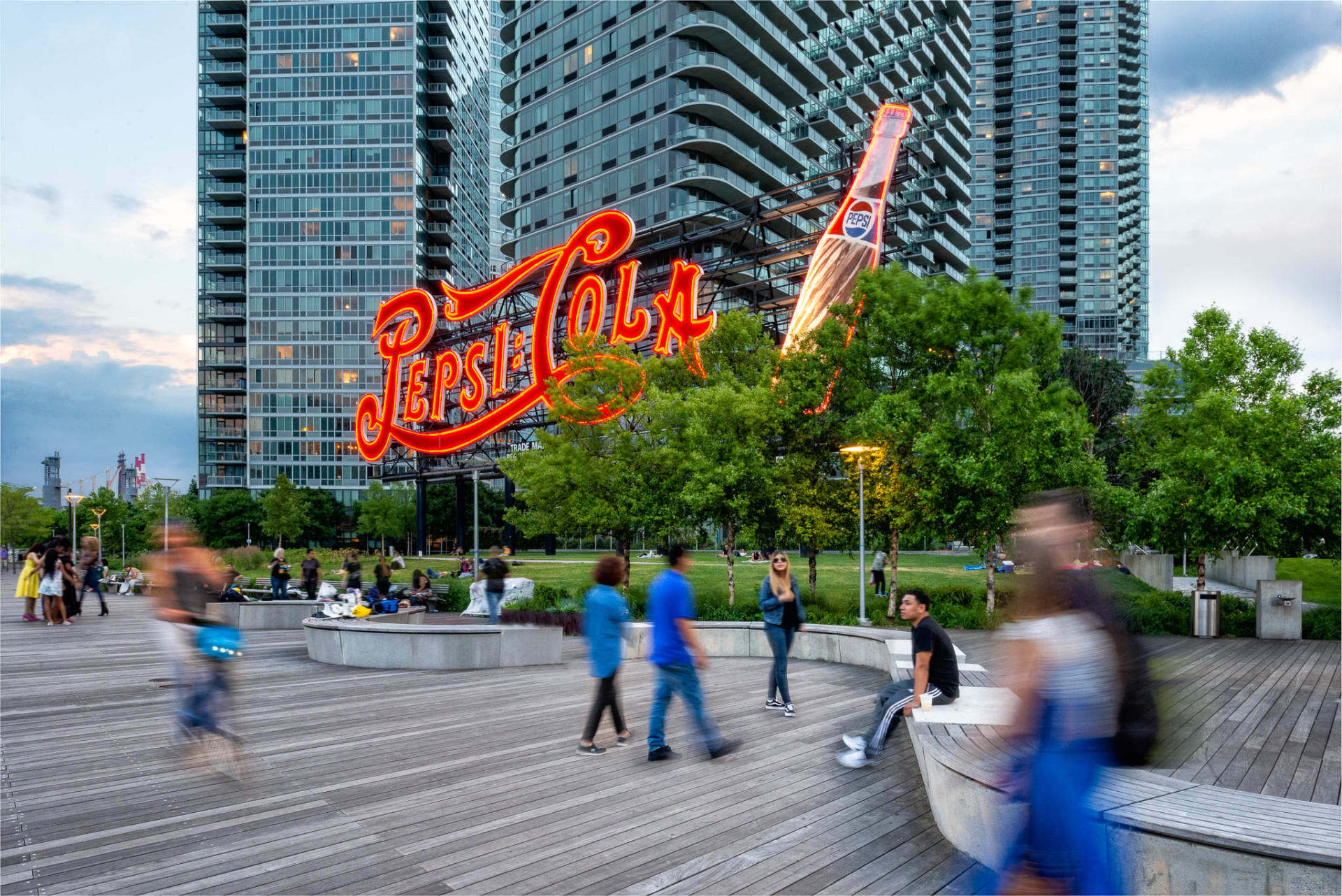
Queens
Now let’s hop on over to Queens. Above Brooklyn, this borough will continue to experience a housing boom, particularly in areas along the East River waterfront facing Manhattan. Neighborhoods include Hunters Point, Long Island City, and Astoria.
While these areas are predominantly commuter neighborhoods where people travel to Manhattan in the daytime to work and travel back home to Queens to sleep. In my opinion, this kind of setup plagues an area as a large number of rental-only apartment buildings exist and a lack of homes are available for sale. With fewer homeowners making up the residential pool of the neighborhood, it means there is less incentive to build out a proper retail infrastructure, with quality shops and restaurants for residents to stay and enjoy. If you've ever been to commuter neighborhoods in New Jersey, like Jersey City, you'll notice a similar pattern.
As the post-pandemic shift continues towards remote work, I believe that more people will be attracted to these waterfront areas in Queens, not only for their convenient location but also for their more affordable luxury lifestyle. And as demand for housing increases, I expect to see more development of homes for rent in these areas.
So, What Do You Think?
Thank you for stopping by to let me share my perspective on the future of real estate in a post-pandemic NYC. As the city begins to recover and people return, I believe we'll see a shift in the market that will present new opportunities.
So, what do you think? Do you share my predictions or do you have a different viewpoint? I'm eager to hear your thoughts, so please share your comments.
